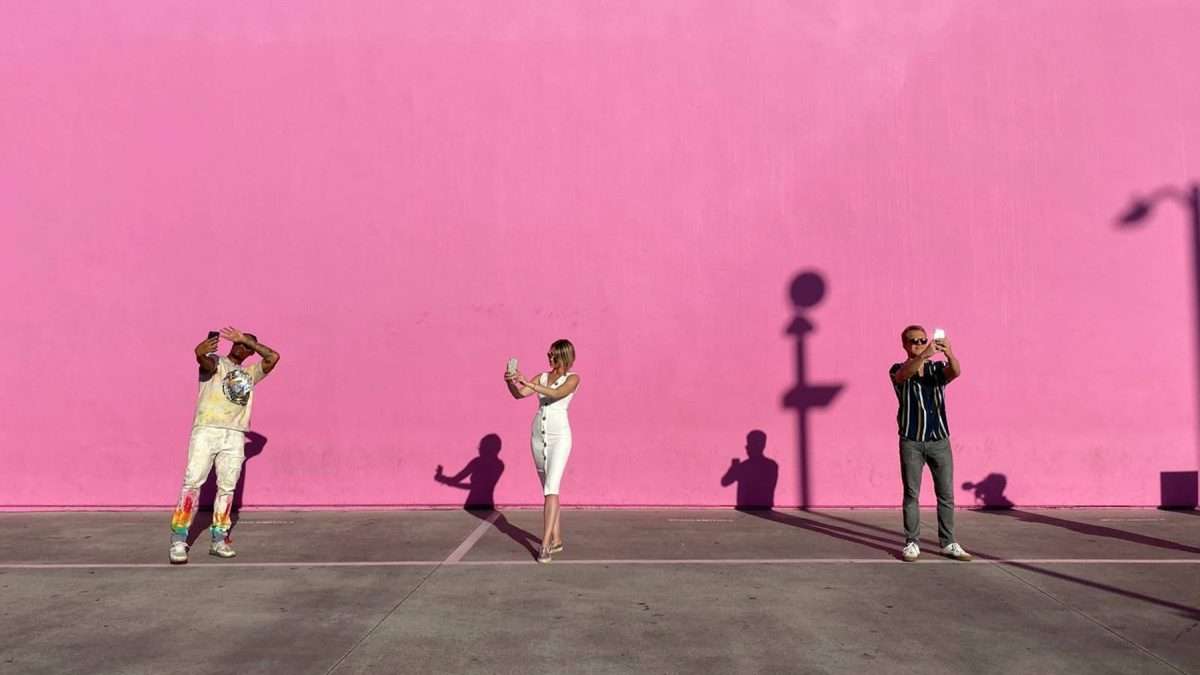Last weekend, I sat down to watch “Fake Famous,” one of HBO’s newest documentaries, and it definitely did not disappoint. I love me a good social experiment, and this one followed three unlikely, wanna-be influencers as they tried to climb their way to fraudulent Instagram fame. If you’re planning on watching it and haven’t yet, please be aware that there are spoilers ahead. If you’ve already seen it, you’ve been reminded that the perfect lives of those we follow on social media are far from what they seem. And it’s a clear reminder why marketers must conduct a significant amount of due diligence in order to understand whether their investment can influence not just the right people – but real people.
The premise behind the “Fake Famous” social experiment is to see if social media stardom can be manufactured with a combination of fake, lavish experiences (like staging a set to look like the interior of a private jet) and fake followers (i.e., ‘bots’). It begged the question, Even if nothing is real, can you still make money being an influencer? To start on their roads to fake fame, each participant was given 7,500 bot followers, which the producers purchased for $150. Now, of course, any marketer with any sort of experience in influencer marketing understands to look beyond a users’ follower numbers, as well as likes and comments, to gauge the value of their influence. Because, as “Fake Famous” reminded us, you can buy fake likes and comments, too.

While some participants realized the fake fame isn’t all it was cracked up to be, one participant started getting regular freebies from brands all over the world. She was an aspiring actress and found that her Instagram profile started getting mentioned during her auditions, and that she was able to book jobs more easily. All because of a carefully engineered aesthetic and an arbitrary number of followers, most of whom were purchased. So it worked. And if it worked in this experiment, it’s working for countless others, as well. In fact, a recent study by the Institute of Contemporary Music Performance found that Hollywood A-listers, like Ellen DeGeneres and Kourtney Kardashian have fake followers as well – some with bots making up almost 50% of their follower base.
Influencer marketing is still a powerful tool, if approached and handled with care. Influencing, at its core, is what our profession is all about – and at the center of it all, is trust. Influence only works when the source and content is credible, and that is why the value of an influencer can’t be determined by looking at numbers alone. Trust and credibility are developed through relevant experience, so when that trust is lost, or was never there to begin with, there’s no influence to give. And that’s what we’re seeing in Fake Famous. Unfortunately, that artificial influence cost brands $1.3 billion in 2019. The good news, though, is, that such wasteful spending is totally avoidable. It just takes work.
So here’s my Great Eight of factors to consider when vetting influencers in order to determine if they’re right for your brand.
-
- Engagement Rate: If an influencer has 70,000 followers and only 100 likes per photo, that’s a red flag. However, given that we know likes and comments are also for sale, we can’t look at engagement rate only.
- Timing: Look back at an influencer’s feed. Did they seemingly gain 100k followers overnight, or have they built their following through carefully planned and targeted content? Typically when followers are purchased, they all come in at once.
- Check Their Followers: Do the people that follow, like and comment on the influencer’s content look like real people? Or are they empty profiles with no photos or followers? Are the followers’ usernames spammy? Do they have a lot of numbers and underscores in them?
- Comments: Do the comments on their posts make sense? Or is it a fire emoji on a photo of a baby? Bots can’t distinguish between types of content, but humans can.
- Previous Partnerships: Are the influencers merely an ad-for-hire, or someone who’s built trust and credibility – carefully selecting the brands to whom they are willing to lend their voice. Relevance is key here, as well – have they worked with a brand in your space before?
- Real-World Experience: Conduct some primary research. Ask someone in your target audience if they think the influencer you’re considering is credible and authentic.
- Trust Your Instincts: There’s emotion at play here, too. When you look at this person’s feed, how authentic do you feel the persona is that they are projecting?
- Audience Matters: Knowing your audience inside and out is key – because influencer marketing isn’t right for every brand. If you know who you’re really trying to reach, then you can understand their behavior and what will make them your customer. If influencers are the right way to reach them, great. But if not, there could be other tactics that are more effective.
All things considered, it’s also important to use common sense. A handful of fake followers, especially on an account with many, doesn’t necessarily mean the influencer bought them, but using the criteria above will allow you to see which influencers may provide the most value for your brand. It’s important that your marketing dollars work hard, and impressions aren’t wasted on users that aren’t engaged. Luckily, all you need to do to ensure maximum value, is a little but of due diligence.
So, welcome. We’ve arrived at a time where anyone can buy their way to fame. Maybe I’ll try it someday if that whole advertising thing doesn’t pan out. But until then, I’ll be here to remind you that especially when looking at influencer accounts, if it seems too good to be true, it probably is. Happy scrolling!

